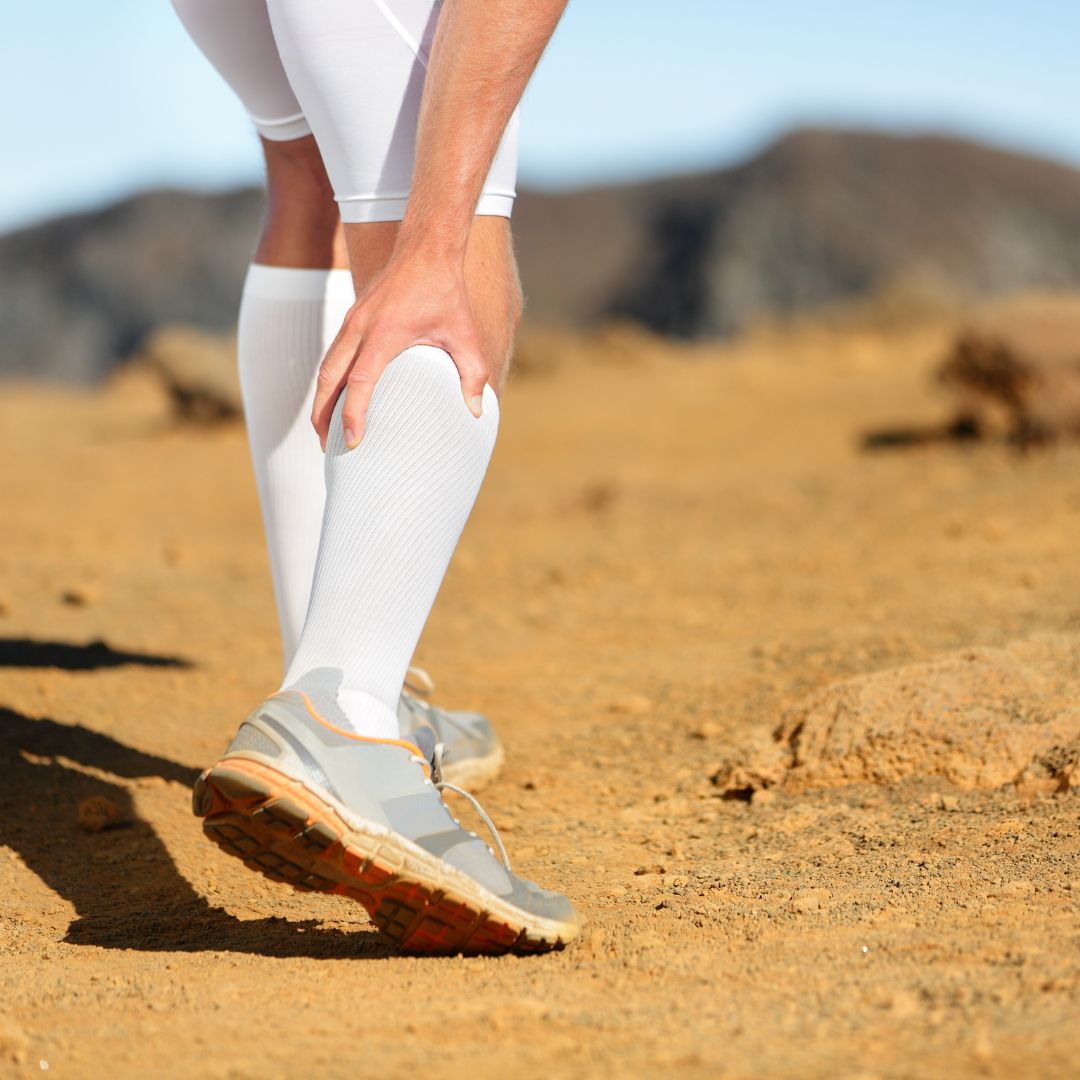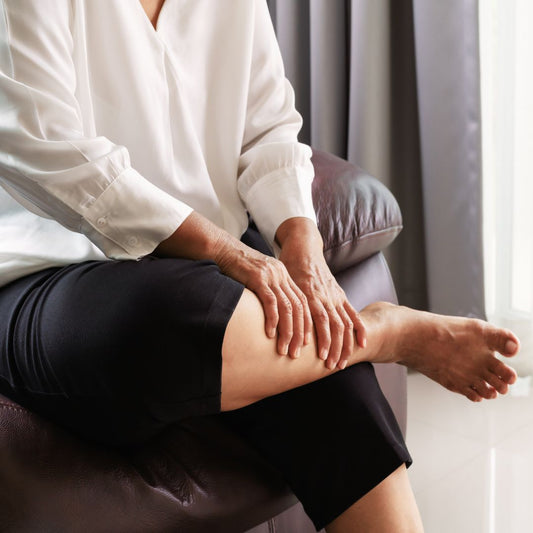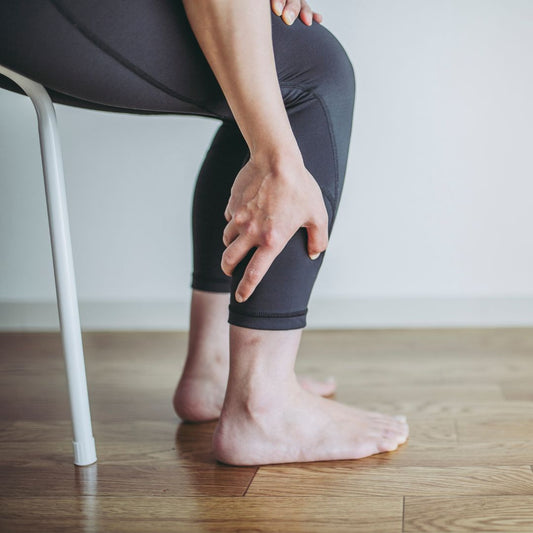At some point in a person’s life, it is common to experience pain in the calf muscle. Which isn’t surprising because your calf muscles are responsible for helping you walk, run, jump, stand on your toes and flex your feet. That said, when the calf muscle endures an injury, it can also make basic tasks more difficult. In this blog post, we will explore various calf muscle pain causes and how you can remedy them at home and through professional treatment.
Understanding Calf Muscle Pain
Pain in the calf muscle can manifest in various forms, which is why it’s important to identify the underlying cause and find the right treatment option. Leg cramps are very common and likely to happen as you age, but calf muscle strains in general are known to be the most common muscle strain injury among athletes.
Common symptoms of calf pain:
- Pain that is tight and stiff. It can also be sharp or dull and continue to worsen.
- Bruising or tenderness in the calf
- A bulge in the back of the lower leg
- Limited mobility and decreased range of motion or muscles weakness
Most calf muscle cramps are the result of an injury, such as muscle strain which is caused by strenuous exercise or overuse specifically from activities like running and high impact sports. Leg or foot cramps, muscle spasms and even a groin strain or pulled groin muscle can cause for the calf muscle to experience agony. Typically, cramps are a result of dehydration or pregnancy and can happen any time during the day or night. Other conditions such as tennis leg, a condition in which a forceful push-off occurs during an activity like basketball, can also create severe pain in the calf muscle.
Home Remedies and Self-Care
Whether you experienced a cramp in your calf muscle / leg ache at night or hurt yourself playing a sport, there are multiple ways to take care of yourself at home.
Rest and Ice Therapy
As with any injury, rest is imperative. Give your calf muscles time to heal by avoiding any activity that can overwork them. During that recovery, it’s important to apply an ice pack (covered in a towel) to the injured area for 15 minutes every few hours during the first 48 hours. Ice therapy can help reduce swelling and provide instant relief.
Stretching and Strengthening Exercises
Another great remedy is to stretch your calf muscles to improve flexibility and reduce the tightness that has occurred. However, be sure to avoid aggressively stretching the muscle, especially if it causes pain.
Proper Nutrition for Muscle Health
Hydration is key to preventing muscle cramps, and a nutritious diet will help build muscle. Think about including high in protein and low in saturated fat foods into your diet. Plus, when you maintain a healthy weight, you will be putting less weight and pressure on your legs, which reduces your risk of muscle strain.
Over-the-Counter Pain Relief Options
Other options may include the use of non-prescription pain relievers, such as ibuprofen or acetaminophen. Both can help manage pain and reduce inflammation. If you’re looking for a natural option, try our Muscle Pain Relief, which has analgesic and anti-inflammatory properties that help promote effective, long-term recovery.
Seeking Professional Treatment
If you have noticed that your calf muscle cramps aren’t going away with rest, home treatment and time, you may want to visit with your doctor. Once evaluating your medical history, injury and source of pain, your doctor may recommend you try physical therapy, rehabilitation or other medical interventions such as a leg immobilizer.
Preventive Measures
In order to prevent future injuries, it’s important to take care of your muscles. Preventative measures may include:
- Warm-up and cool-down techniques
- Wearing proper footwear to prevent injury.
- Staying hydrated
- Listening to your body and paying attention to any discomfort
- Don’t overuse your muscles, especially if it’s a new activity or exercise.
By incorporating these preventive measures into your routine, you can move forward with activities that you love. But remember, if an injury happens or pain does continue, be sure to take time to rest and treat your injury as needed.




